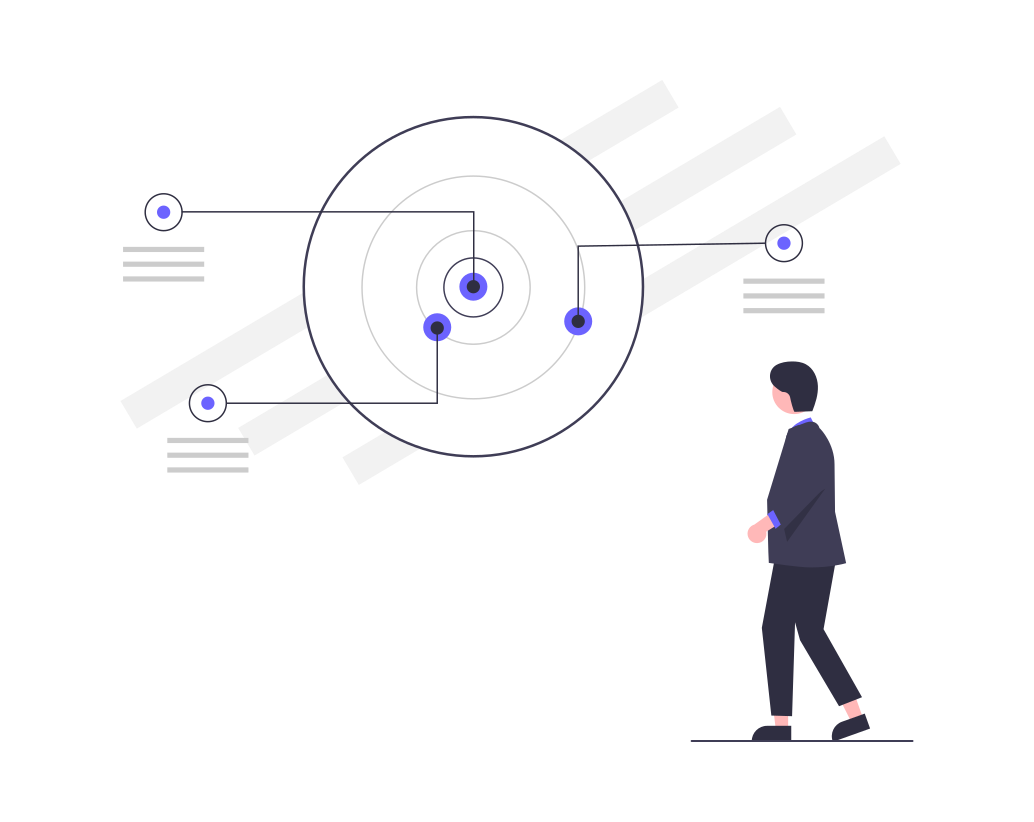In our time, modern companies increasingly use automation in various industries, as it helps to reduce labor costs, increase productivity, and improve the quality of the products produced. However, how can we understand the extent to which these changes affect the overall goals of the company and what results they will bring?
In this article, we will examine how automation shows its results and how they can affect business efficiency.
- Advantages of Automation
One of the ways to achieve goals is to optimize processes in a company. This point represents measuring the increase in work efficiency through improving certain tasks such as integrating platforms for comfortable employee work and reducing costs through specialized systems for specific routine tasks.
Let’s give an example from accounting:
“The company decided to implement an automated system in accounting, such as an electronic document management system (EDMS). Over time, it can be noticed that the company reduces the time spent on data processing and the number of errors. In addition to other optimization advantages in the company, employees also save a lot of money on paper.”
Also, process optimization can lead to improved interaction between different departments of the company, reduced decision-making time, and increased overall productivity.
- Work Analysis
Another way to determine efficiency in a company is to analyze the work performed. This point includes collecting data on the company’s activities and analyzing its achievements before and after automation. Reporting also provides an opportunity to see how successfully the company is achieving its goals.
Results can be measured differently: in increasing profits, reducing costs, or increasing customer satisfaction.
Let’s look at an example of automation work in Logistics:
Before automation:
“A logistics company uses a manual cargo tracking system that requires a huge amount of time and human resources. Customers may not always be able to receive up-to-date information about the location of their orders, which can lead to delays and dissatisfaction.”
After automation:
“The company also decided to create a portal and integrate a cargo monitoring system that allows customers to track their orders in real-time. The platform automatically displays up-to-date information about the location of goods and warns about delays. This reduces the time for processing information and improves the quality of customer service.”
Result:
“Thanks to the implementation of the tracking system, the company reduced the number of errors and increased the accuracy of cargo monitoring, which increased customer satisfaction. Also, costs for manual information processing were reduced, and employee efficiency was increased.”
- Personnel Work
The most important way to see the end result of automation is through effective employee work. Productive communication within a company’s ecosystem between different departments and its clients can lead to faster and more accurate information transfer, which helps prevent errors and speed up processes. Smooth and comfortable work among employees can lead to a better understanding of the company’s goals and opportunities for achieving them. Communication results can be measured in increased productivity and reduced errors.
Let’s also take the example of a bank’s work:
“Before process optimization in the bank, work was less efficient, communication between departments was almost nonexistent, leading to delays in processing applications and work errors.
For example, credit department employees didn’t always receive the necessary customer information from the risk and insurance department, making it difficult to make the right decisions.
To solve this problem, the company came up with the idea of implementing the Trello platform for all employees. After integration, departments could easily exchange information and track task progress.
The Kanban methodology was also introduced, which helped to more effectively distribute tasks and monitor their completion.
In addition to everything, the bank became many times more efficient and employees began to communicate more often between departments. This led to a reduction in errors and accelerated customer processing. Employees became more engaged in their work as they could better understand the company’s goals and their tasks.
Moreover, the number of misunderstandings and delays decreased, which increased the overall productivity of the bank.“
In the end, we have explored several ways to see the final result and understand how it can affect the achievement of the company’s goals. Additionally, we have understood that all modern companies need to keep up with the times and develop in the right direction.
Our team can help you in this regard.
If you want to make your business more effective, you can consult with us on our website sailet.pro
